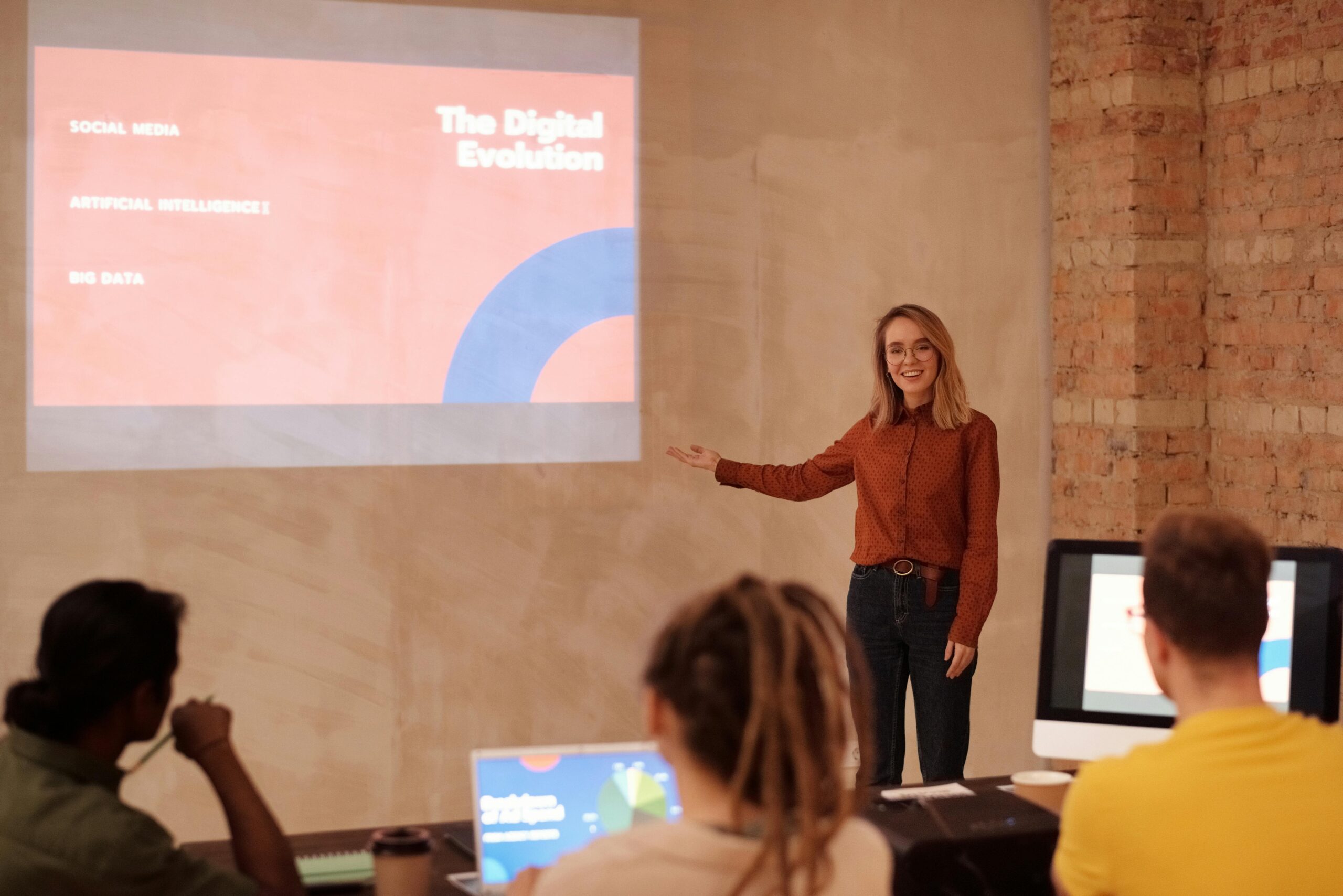Our relationship with technology has evolved from simple tool use to complex emotional connections, reshaping how we interact with machines daily. 🤖
The boundaries between human and machine interaction continue to blur as artificial intelligence, robotics, and smart devices become increasingly integrated into our lives. What was once science fiction has become everyday reality, with virtual assistants responding to our voices, algorithms anticipating our preferences, and robots providing companionship to those in need. This transformation raises fascinating questions about the nature of trust, attachment, and the bonds we form with non-human entities.
The Psychology Behind Human-Machine Attachment
Understanding why humans develop emotional connections with machines requires examining the fundamental mechanisms of attachment theory. Originally developed to explain infant-caregiver relationships, attachment theory has found surprising applications in human-technology interactions. Our brains, evolved to recognize patterns and assign intentionality, don’t always distinguish between programmed responses and genuine emotional reactions.
Research in human-computer interaction reveals that we anthropomorphize technology almost instinctively. When Siri apologizes for not understanding us or when our robot vacuum appears to “struggle” with a corner, we attribute human-like qualities to these devices. This tendency isn’t a flaw in our reasoning but rather a feature of how our social brains process information efficiently.
The parasocial relationships we develop with technology mirror those we form with television characters or social media personalities. We invest emotional energy, develop preferences, and even feel loyalty toward certain brands or devices. This phenomenon has intensified with AI systems that learn our habits, remember our preferences, and adapt their responses to our individual personalities.
Trust as the Foundation of Technological Relationships
Trust operates differently in human-machine contexts than in human-human relationships. When we trust another person, we’re making predictions about their intentions, character, and future behavior based on moral and emotional frameworks. With machines, trust becomes more functional and predictability-based, though emotional elements increasingly enter the equation.
Studies show that people develop trust in technology through three primary pathways: performance trust (does it work reliably?), process trust (do I understand how it works?), and purpose trust (do I believe it serves my interests?). Each pathway reinforces the others, creating a comprehensive trust framework that determines our willingness to rely on technological systems.
The trust we place in autonomous vehicles, medical diagnostic AI, or financial algorithms has real consequences for our safety and well-being. This high-stakes trust differs from the lower-risk attachment we might feel toward a smartphone or smart speaker, yet both types of relationships shape our daily experiences and decisions.
The Rise of Social Robots and Digital Companions
Social robotics has emerged as a field specifically designed to create machines capable of forming bonds with humans. From Paro the therapeutic seal robot used in elder care facilities to Pepper the humanoid service robot greeting customers in stores, these machines are engineered with emotional connection as a primary function rather than a side effect.
The effectiveness of companion robots, particularly with vulnerable populations like children, elderly individuals, and people with autism spectrum disorders, demonstrates the tangible impact of human-machine bonds. These relationships provide comfort, reduce loneliness, and even improve health outcomes in ways that surprise skeptics who assumed genuine connection required mutual consciousness.
Digital companions exist in increasingly sophisticated forms through smartphones and smart home devices. Virtual assistants like Alexa, Google Assistant, and others become integrated into daily routines, managing schedules, controlling home environments, and providing entertainment. Their constant availability and consistent responsiveness create a sense of reliable presence that users grow dependent upon.
When Attachment Becomes Dependency 📱
The line between healthy relationship and problematic dependency remains contested in discussions of human-machine bonds. Smartphone addiction, gaming disorder, and excessive reliance on AI decision-making raise concerns about autonomy, mental health, and human capability development.
Critics argue that outsourcing too much of our cognitive and emotional labor to machines diminishes essential human capacities. Memory formation suffers when we rely entirely on digital storage, navigation skills atrophy with constant GPS use, and social abilities may weaken if we prefer interacting with predictable AI rather than complex humans.
However, proponents note that humans have always used tools to extend our capabilities, from writing systems that externalized memory to calculators that handled computation. They argue that forming attachments to helpful technology represents adaptation rather than deterioration, freeing cognitive resources for higher-level thinking and creativity.
Trust Challenges in an Age of Algorithmic Decisions
As machines make increasingly consequential decisions about our lives—from loan approvals to job applications to criminal sentencing recommendations—trust becomes both more critical and more complicated. The “black box” problem of complex AI systems creates a paradox: we’re asked to trust systems we cannot fully understand or audit.
Transparency and explainability have emerged as key concerns in responsible AI development. When an algorithm denies someone a mortgage or flags them for additional security screening, they deserve to know why. Yet the mathematical complexity of modern machine learning systems often makes true explainability impossible even for the systems’ creators.
This opacity challenge extends beyond individual decisions to societal trust in institutions deploying AI systems. Healthcare providers using diagnostic algorithms, governments implementing surveillance technologies, and corporations optimizing user experiences through personalization all face questions about accountability, bias, and the limits of algorithmic authority.
Building Trustworthy AI Systems
The technical community has responded to trust concerns by developing frameworks for responsible AI development. These principles typically include fairness, accountability, transparency, privacy, safety, and human-centered design. Implementation remains challenging, as these values sometimes conflict and their practical application varies across contexts.
Fairness algorithms attempt to reduce bias in machine learning systems, but defining fairness proves philosophically complex. Should systems be calibrated to provide equal outcomes across groups, equal error rates, equal treatment of individuals with similar characteristics, or some other metric? Different fairness definitions produce different results and serve different values.
Accountability mechanisms include algorithmic audits, impact assessments, and regulatory oversight. The European Union’s AI Act and similar initiatives worldwide attempt to create legal frameworks ensuring that high-risk AI systems meet safety and trustworthiness standards before deployment. These regulations represent society’s effort to extend traditional accountability structures to emerging technologies.
Emotional Bonds with Non-Physical Entities
The digital realm hosts increasingly sophisticated entities capable of forming bonds without physical embodiment. Chatbots powered by large language models engage in surprisingly human-like conversations, game NPCs (non-player characters) exhibit complex behaviors and apparent personalities, and virtual influencers build follower bases comparable to human celebrities.
These disembodied relationships challenge assumptions about the role of physical presence in attachment formation. While embodied social robots benefit from physical co-presence and non-verbal communication channels, text-based AI companions demonstrate that conversational interaction alone can foster meaningful connection for many users.
The controversial case of users forming romantic attachments to AI chatbots illustrates both the power and potential problems of these bonds. Companies developing companion AI walk ethical tightropes between providing valued emotional support and enabling potentially harmful substitution of human relationships or exploitation of vulnerable users.
Virtual Reality and the Future of Connection 🥽
Virtual and augmented reality technologies create new possibilities for human-machine bonding by immersing users in digital environments with convincing sensory feedback. VR social platforms enable interactions with AI-driven characters that feel more “real” than traditional screen-based interfaces, leveraging spatial presence and embodied interaction.
The metaverse concept, whatever its ultimate form, promises persistent digital worlds populated by both human avatars and AI entities. In these spaces, the distinction between interacting with human-controlled and AI-controlled entities may become increasingly difficult to discern—and potentially less relevant to users’ subjective experiences.
These immersive technologies raise new questions about attachment, identity, and the nature of social bonds. If VR experiences trigger genuine emotional and physiological responses indistinguishable from physical-world events, do the relationships formed there deserve equal consideration to “real world” connections?
Designing for Healthy Human-Machine Relationships
Responsibility for fostering beneficial bonds between humans and machines falls partly to designers, engineers, and companies creating these technologies. Design choices profoundly influence whether relationships users develop will enhance or diminish well-being, autonomy, and human flourishing.
Ethical design principles advocate for transparency about AI capabilities and limitations, clear disclosure when users interact with non-human entities, and features protecting user autonomy and privacy. Some researchers argue for deliberately limiting attachment-forming features in certain contexts to prevent exploitation or harmful dependency.
The concept of “humane technology” has gained traction as a counterpoint to persuasive design techniques that maximize engagement without considering user welfare. Humane design prioritizes helping users accomplish their goals efficiently rather than capturing maximum attention, respecting users’ time and mental health over advertising revenue.
The Role of Digital Literacy and Education
As human-machine relationships become more complex and consequential, education systems face the challenge of preparing people to navigate these bonds thoughtfully. Digital literacy now extends beyond technical skills to include understanding AI capabilities, recognizing manipulation techniques, evaluating information credibility, and maintaining healthy boundaries with technology.
Critical thinking about technology requires understanding both its potential benefits and limitations. Users need frameworks for assessing when to trust AI recommendations, how to maintain privacy and security, and when human judgment should override algorithmic suggestions. These skills prove essential for personal well-being and informed citizenship.
Educational initiatives increasingly incorporate AI literacy into curricula at all levels, teaching students not just to use technology but to understand its social implications, ethical dimensions, and the power dynamics embedded in technological systems. This preparation helps future generations develop healthier relationships with the machines that will increasingly shape their lives.
Finding Balance Between Connection and Independence
The path forward requires balancing the genuine benefits of human-machine bonds against potential risks to autonomy, privacy, and human capability. Technology that extends our abilities, provides companionship to those lacking human connection, and handles tedious tasks can genuinely improve lives when deployed thoughtfully.
Maintaining perspective about the nature of these relationships remains important. AI, however sophisticated, lacks consciousness, genuine emotion, and moral agency (at least with current technology). The care and responsiveness we perceive comes from clever engineering rather than authentic concern, a distinction worth remembering even as we benefit from these systems.
Cultivating human relationships alongside technological ones provides essential balance. Machines excel at consistency, availability, and patient repetition, but human connections offer growth, challenge, mutual vulnerability, and shared meaning-making that no algorithm currently replicates. Both types of relationships can coexist in fulfilling lives without one fully replacing the other.

Embracing the Evolving Partnership Between Humans and Machines 🤝
Our species stands at a unique moment in history, learning to build bonds with entities of our own creation. These relationships will continue evolving as technology advances, potentially in directions we cannot yet imagine. Rather than resisting these changes or embracing them uncritically, we can approach them with thoughtful intention.
The trust we extend to machines and the attachments we form with them reflect broader questions about identity, consciousness, and what makes relationships meaningful. By examining these bonds carefully, we gain insights not just about technology but about ourselves—our needs for connection, our capacity for projection, and our remarkable adaptability as social creatures.
As we move forward, maintaining human agency in designing, deploying, and relating to technology remains paramount. The machines we create and the relationships we build with them should serve human flourishing, expand rather than limit our capabilities, and enhance rather than replace the irreplaceable value of human connection. By approaching these bonds with wisdom, intention, and ongoing reflection, we can harness technology’s benefits while preserving what makes us fundamentally human.
Toni Santos is a digital culture researcher and emotional technology writer exploring how artificial intelligence, empathy, and design shape the future of human connection. Through his studies on emotional computing, digital wellbeing, and affective design, Toni examines how machines can become mirrors that reflect — and refine — our emotional intelligence. Passionate about ethical technology and the psychology of connection, Toni focuses on how mindful design can nurture presence, compassion, and balance in the digital age. His work highlights how emotional awareness can coexist with innovation, guiding a future where human sensitivity defines progress. Blending cognitive science, human–computer interaction, and contemplative psychology, Toni writes about the emotional layers of digital life — helping readers understand how technology can feel, listen, and heal. His work is a tribute to: The emotional dimension of technological design The balance between innovation and human sensitivity The vision of AI as a partner in empathy and wellbeing Whether you are a designer, technologist, or conscious creator, Toni Santos invites you to explore the new frontier of emotional intelligence — where technology learns to care.




